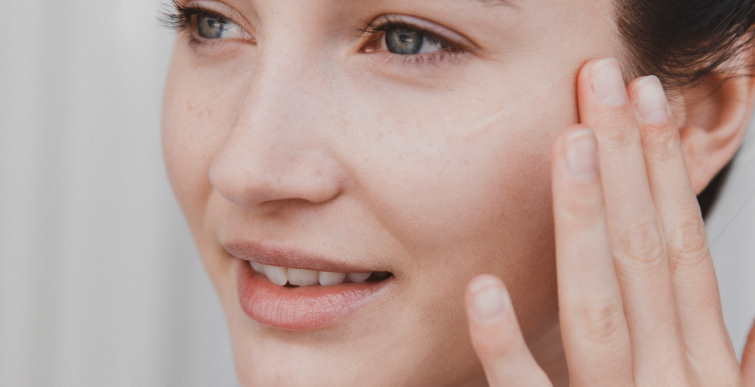How Can I Identify My Skin Type?

The most important step in caring for your skin is coming in understanding you identify skin type. How it is adapting to certain circumstances or seasonality.
Your skin is your body’s largest organ, as complex and intelligent as your heart, lungs, liver, and other vital organs.
Using cleanser treatments are too harsh and they are recommended for excessive oiliness, may send the signal to your skin. More oil is actually needed.
Conversely, you are applying moisturizers and these are too thick or heavy can result in decreased natural oil production, resulting in even drier skin.
You are taking the time to learn your skin’s specific needs and it will help you to choose the right options. This will balance skin resulting in a healthier, more radiant complexion.

How to Find Your Skin Type?
Every person’s skin is unique, but there are a few common skin types that may help you to identify where your skin fits in the most. There are three main skin types that are commonly referred to as Oily, Normal or Combination and Dry. There are two easy ways to find your skin type at home:
The Bare-Faced Method
You are cleansing face thoroughly with a mild cleanser and gently pat dry. You can leave skin bare and do not apply any additional moisturizers, serums or treatments.
After 30 minutes, it is examining your cheeks, chin, nose, and forehead for any shine. After another 30 minutes, these are evaluated whether your skin feels parched, especially if you smile or make any other facial expressions.
If your skin is feeling tight, your skin is likely to dry. There is noticed the shine on your nose and forehead and your skin is most likely normal/combination. There is shine on your cheeks to your forehead and nose. You most have oily skin.

The Blotting Sheet Method
These methods tell what skin type you have much faster and often an excellent differentiator between oily and dry skin types.
You have blotting paper on the different areas of your face. Or can hold the sheet up to the light to determine how much oil is visible. If the sheet is picked up little to no oil and you most likely have dry skin.
The blotting sheet is revealing oil from the forehead and nose areas, your skin is normal/combination. Finally, the blotting paper is saturated with oil and it is extremely likely that you have oily skin.

